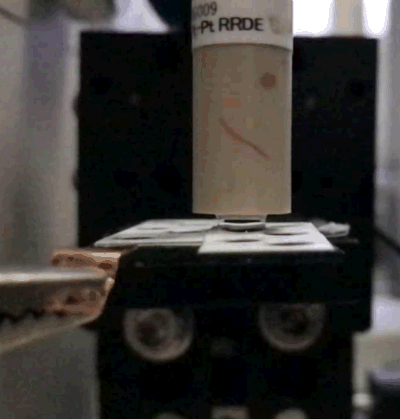
After quite a bit of work Magdalena published1 her research on using the rotating droplet for detection of neurotransmitters. The key point is that by using the rotating droplet, we can perform hydrodynamic measurements in volumes of only a few tens of microliters. Combining this with an electrode modification that helps separate the signals from dopamine and serotonin from those of common interferences2 (here: ascorbic acid and uric acid) made it possible to measure serotonin levels in samples of mouse blood serum.
We wanted to be able to also measure the concentrations of both dopamine and serotonin, and possibly others too, in a single measurement in a small sample. The problem is that in blood only tiny amounts of neurotransmitters can be found. It turns out that serotonin has a quite complex reaction mechanism where the product of the oxidation of serotonin is a hydroquinone that can be reversibly oxidated and reduced, and that strongly adsorbs on the electrode. This adsorption helps to lower the detection limit. Unfortunately the detection limit for dopamine is still too high for measurements in physiological concentrations. But this is work in progress.
The step from a nice buffer solution to mouse blood serum was not that easy, showing how important it is to test sensors not only using simulated samples. After much blood (sorry), sweat and tears we managed to find a way to make a calibration curve for the single use electrodes and determine serotonin levels in the mouse blood.
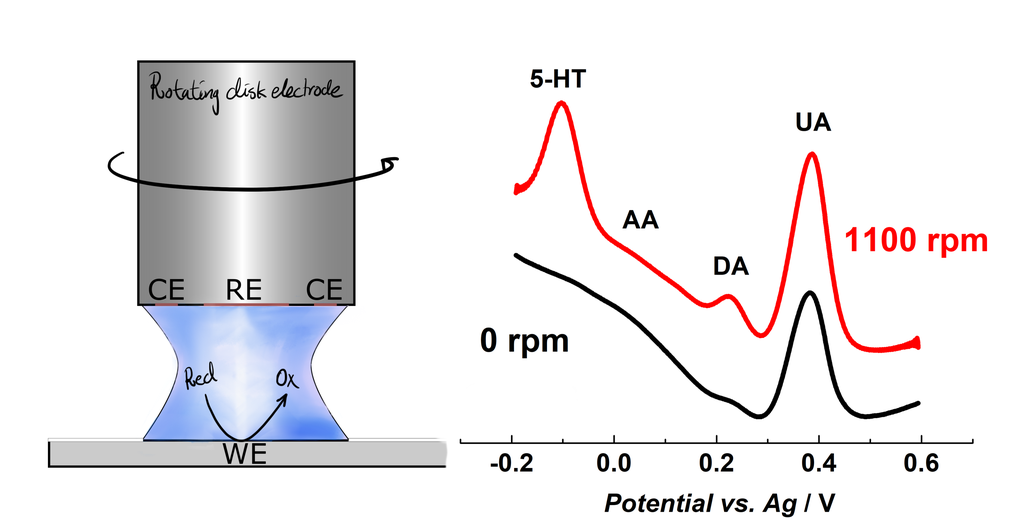
- M. Kundys-Siedlecka, E. Bączyńska, M. Jönsson-Niedziółka, Electrochemical Detection of Dopamine and Serotonin in the Presence of Interferences in a Rotating Droplet System, Anal. Chem. (accepted).
- We published previous papers on this some years ago:
M. Kundys, K. Szot, E. Rozniecka, M. Jönsson-Niedziółka, R. Lawrence, S. D. Bull, F. Marken and M. Opallo
Electrochemical determination of selected neurotransmitters at electrodes modified with oppositely charged carbon nanoparticles, Anal. Methods 6, 7532 – 7539 (2014). (link)
and
E. Rozniecka, M. Jonsson-Niedziolka, A. Celebanska, J. Niedziolka-Jonsson and M. Opallo
Electrochemical detection of dopamine in microfluidic channel on carbon nanoparticulate electrodes, Analyst 139, 2896-2903 (2014) (link)


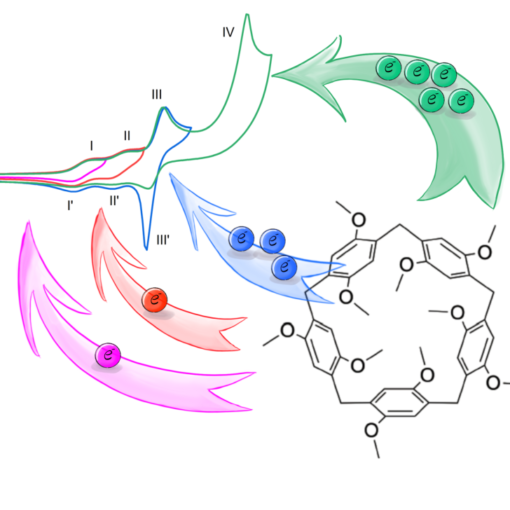
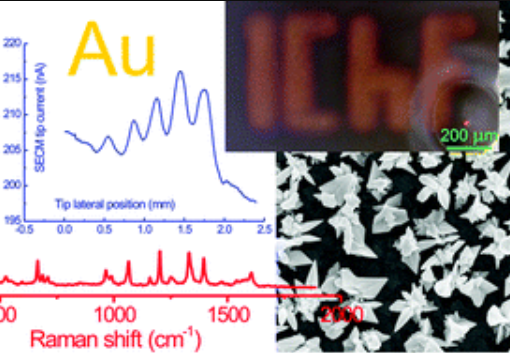
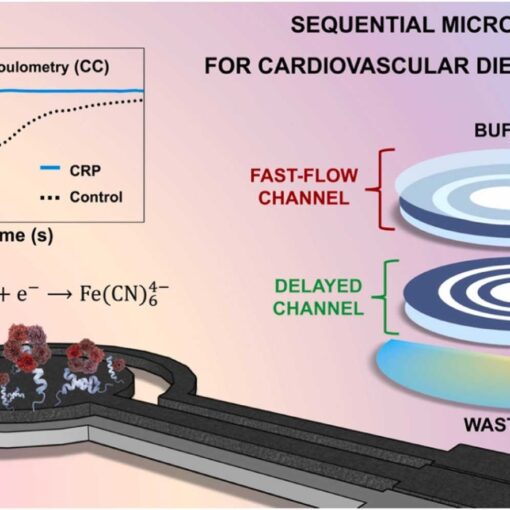
One thought on “Electrochemical Detection of Dopamine and Serotonin in the Presence of Interferences in a Rotating Droplet System”